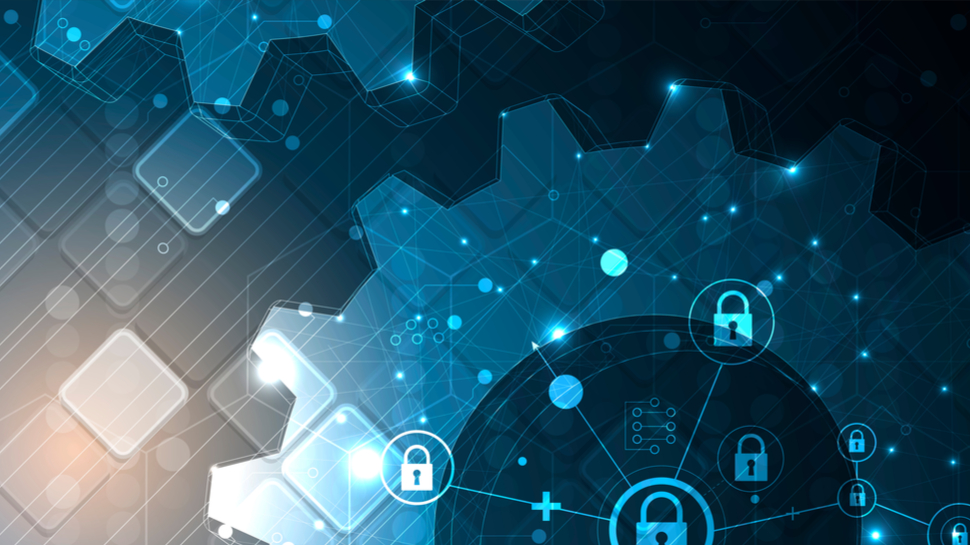These are the top security threats we could see in 2020
Hackers are getting craftier, so make sure you stay ahead with these predictions

Security dominated the headlines once more in 2019, with major cyberattacks and data breaches hitting the news throughout the year.
From data breaches involving Capital One, OnePlus and Macy's that put millions of customer details at risk to WhatsApp being vulnerable and potentially leaving personal messages open to criminals, 2019 has been full of security shocks.
As the war between criminals and security experts rumbles on, you can stay ahead of the biggest risks, as Bitdefender reveals its top predictions for the security world in 2020.
More threats, wider impact
Staying safe online used to be simple, as there were only a handful of threats that could be blocked by effective protection. However, malware authors invest time and effort in creating nearly endless evolutions and variants of their threats, mostly financially motivated, to ensure they get past security protections.
The number of unique malware families and variants continues to grow year-on-year, passing the 1 billion malware samples milestone in early 2020. As the range of large-scale open source software and hardware becomes more widespread, the returns from a life of crime become more lucrative if vulnerabilities affect a large number of products, services, and vendors. Hackers will keep digging for vulnerabilities in both software and hardware to compromise devices, meaning businesses and consumers alike will need to ensure they stay secure by constantly updating, patching, and using best-in-class security solutions.
That said, it’s not just brand-new threats that should be a concern, as hackers may return to old schemes or code in order to target products or systems that haven’t been properly patched - so make sure your number one security resolution in 2020 is to stay protected and updated.
Malware will get harder and tougher
Along with a rise in the number of threats, the complexity of malware will no doubt also see an increase in 2020.
Are you a pro? Subscribe to our newsletter
Sign up to the TechRadar Pro newsletter to get all the top news, opinion, features and guidance your business needs to succeed!
Cybercrime has evolved into an industry (and a very profitable one at that) with full-time, large-scale “corporations” now dedicated to crafting the latest generation of threats much like a legitimate software outsourcing firm works towards its next release. Criminals have more skills, more knowledge, and more financial motivation in terms of developing sophisticated threats of previously unheard-of scale, meaning we’ll all need to be on our toes in 2020.

The IoT risk continues to grow
The Internet of Things (IoT) has become an increasingly prevalent part of our lives, both at work or at home. Whether it's environmentally-friendly lighting in the office, an internet-connected smart speaker or even an intelligent car that can provide up-to-date traffic information that makes sure you aren't late to work, the world around us is becoming smarter and more connected.
But with this growth comes more potential security threats. The rapid expansion of IoT and lack of security standards, frameworks, and regulations means that security protections are often overlooked in the dash to get products on sale. With more than 20 billion IoT devices set to be connected to the Internet throughout 2020, it could mean that the more products you have, the higher the security risk could be.
This lack of official framework or regulations covering IoT devices in many countries will mean that smart devices could ship without proper protection. Many manufacturers also stop shipping update patches following launch, meaning that a device only a few months old could pack zero protection against or have no security mechanisms in place to defend against a large number of threats.
This isn't just a worry for the home though, as businesses will need to be on top of their game to ensure all workplace devices are secured. Whether it’s company smartphones, office printers, or even the connected whiteboard in the meeting room, make sure they’re updated, patched, and have the latest protection in place.
Online threats become real-world weapons
Cyber-threats against nations used to be the thing of Hollywood movies, with hackers breaking through fragile defenses to cripple infrastructures.
Such attacks are becoming an increasingly dangerous reality, with multiple nations being concerned about coming under fire by having computer systems, internet networks, and even power stations taken offline or disrupted.
This 2020 may well see nefarious hacking groups associated with nation states or so-called “hacktivist” groups using cyberattacks to target critical infrastructures. Cyber has become the fifth domain of warfare and we’ve already seen states taking immediate physical military action in response to a cyberattack on their infrastructure.
With more nations suspected of having engaged in disruptive cyber operations, other nations may need to be on their toes as much as multinational businesses in the months to come.